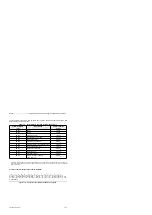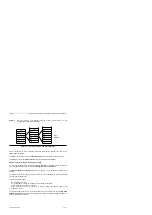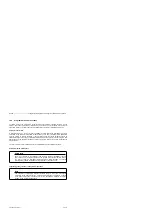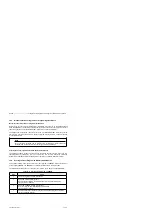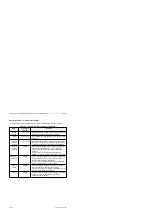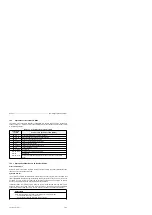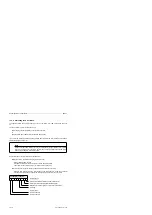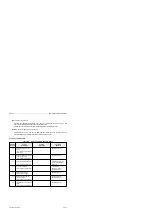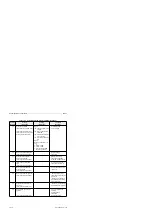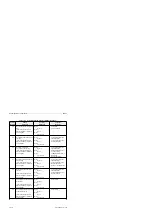
S5-95F
Error Diagnosis and Elimination
15
Error Diagnosis and Elimination
This section covers the following:
•
S5-95F responses to errors
•
Error indicator on the S5-95F basic unit
•
Structure of system event data block DB254
•
Outputting error messages to printer via a CP 521
•
Forwarding error messages to the master over the SINEC L1 bus
•
Acknowledging errors
•
Reading out cycle time statistics
15.1
S5-95F Responses to Errors
The S5-95F recognizes various types of errors, and responds to each in a different way. Possible
error responses are:
•
Hard STOP
•
Soft STOP
•
Passivation of a signal group
•
Reaction from the user program
•
Error message
The acknowledging of errors is discussed in detail in section 15.4.
15.1.1 Hard STOP
The S5-95F goes to a hard STOP when the failure of one of the subunits is such that failsafe
scanning of the user program is no longer possible (for instance a hardware fault in the processor's
internal RAM). A hard STOP always requires an overall system reset.
15.1.2 Soft STOP
The S5-95F is in a soft STOP when it can be switched to RUN without an overall system reset.
15.1.3 Passivation of a Signal Group
When the S5-95F detects an error at an input or output, it passivates this signal group (if you have
initialized DB1 accordingly). The signal states of passivated DIs are read as "0"; DQs are set to
"0", regardless of how they appear in the PIQ.
15.1.4 Reaction in the User Program
The signals of errored inputs can be logically combined if DB1 was initialized for user program
response to a signal group failure. The S5-95F then either ANDs or ORs these inputs or provides
the user with the last value to precede the error (old value).
EWA 4NEB 812 6210-02
15-1



